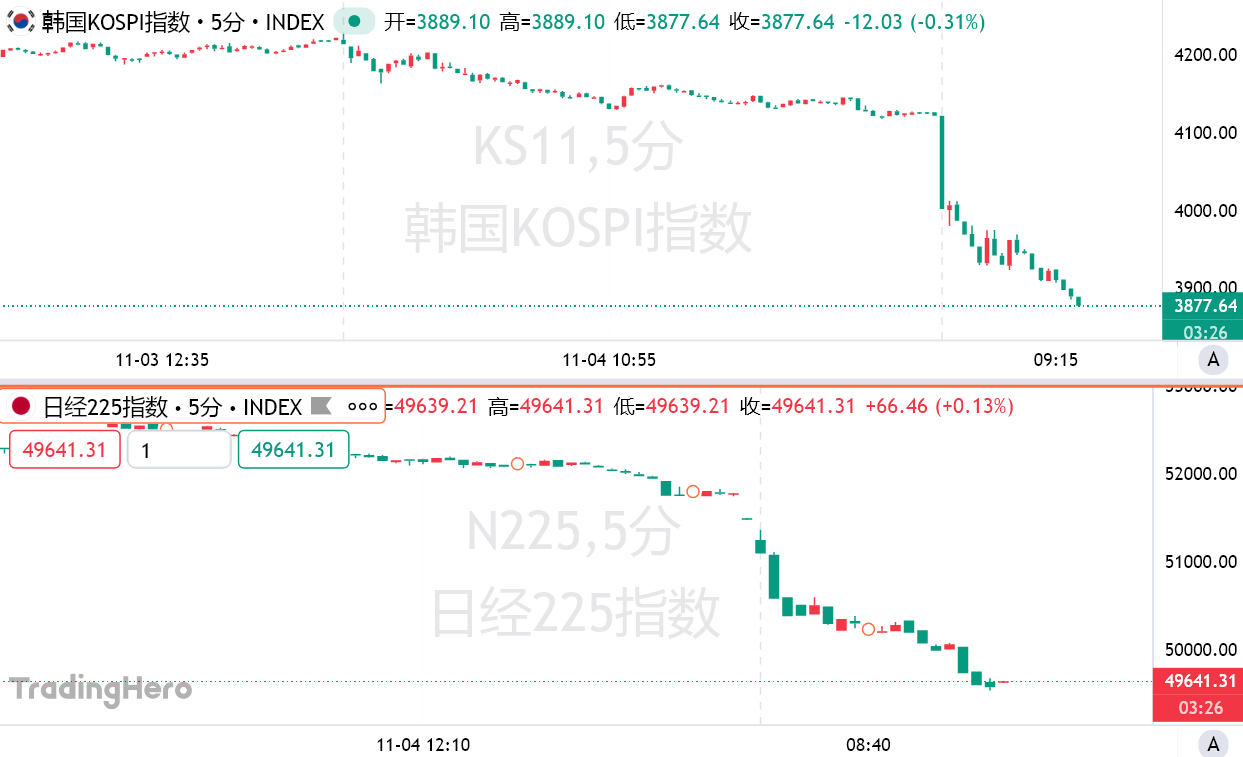Ethereum: The Fusaka Update Scheduled for December 3
For several months, Ethereum has not been moving quietly: it is sprinting. After the Dencun blobs, the promises of Pectra, here comes Fusaka to shake things up. And the timing is not coincidental. In an increasingly competitive blockchain ecosystem where Solana, Celestia, and zkSync are moving their pieces, Ethereum no longer has the luxury of slowness. Stay number one or suffer silent relegation? Fusaka, scheduled for December 3, could provide a clear answer.

In Brief
- Fusaka will be activated on December 3 after validated tests on three separate testnets.
- PeerDAS will allow validators to sample data faster and at a lower cost.
- The gas limit will increase from 30 to 150 million, amplifying network processing power.
- Two blob doubling stages are planned on December 9 and January 7.
PeerDAS: Ethereum’s Secret Weapon to Master Layer 2s
Engineers have been awaiting it since February, testnets approved it in October, and Vitalik Buterin talks about it as a revolution. PeerDAS (EIP-7594), a central element of the Fusaka update, will transform how Ethereum manages data on its layer 2s.
Specifically, PeerDAS introduces a more efficient data sampling mechanism, allowing validators to read only a fraction of the blob data temporarily stored on the main layer. The result: a lighter network, near-zero fees, and a speed that recalls the forgotten promises of web3.
During the latest All Core Devs call , Alex Stokes, lead developer, stated that “the people I’ve talked to in the community are very enthusiastic… It’s really something very important.”
Initially scheduled for the Pectra upgrade, PeerDAS was postponed to avoid false starts. Fusaka will therefore benefit from several months of audits and tests on the Holesky, Sepolia, and Hoodi testnets. A cautious but necessary strategy: PeerDAS is now seen as the keystone of Ethereum’s scalability.
Scalability, Security, and Growth: What Fusaka Really Changes for the Blockchain
Fusaka is not limited to PeerDAS. It consists of a dozen proposals (EIPs) voted to take Ethereum to the next level. Among them, one in particular is likely to make noise: the increase of the gas limit from 30 to 150 million per block. This measure will considerably expand the network’s processing capacity while preparing the ground for a future increase in the number of blobs.
Just after December 3, two other technical milestones are set: December 9 and January 7, where the number of blobs allowed per block will double in stages. All this while ensuring full backward compatibility of the network.
Pressure is also mounting on the markets. With ETH at 3,837 dollars at the time of writing, traders oscillate between caution and excitement. On Myriad, forecasts lean 61% towards crossing 4,500 dollars, against 39% for a drop below 3,100. The Fusaka effect? Maybe. The previous Pectra saw ETH jump by 29%.
What to Remember in Numbers and Facts
- Key date: Fusaka will be deployed on the Ethereum mainnet on December 3, 2025;
- Flagship mechanism: PeerDAS will enable validating layer 2 data by sampling only a small portion of the blobs;
- Blob boost: Two blob number extensions are planned for December 9 and January 7;
- Gas Limit x5: Increasing to 150 million gas units marks a historic leap for the chain;
- ETH price : Currently at $3,837, with moderate bullish expectations in the short term.
Upon closer examination, Fusaka is not just a chapter, it is a strategic turning point. Along with Pectra before it, it forms a diptych that could rewrite Ethereum’s fate . By strengthening scalability, smoothing access to layer 2s, and maintaining its technological lead, the original blockchain offers itself a rejuvenation. Time will tell if that will be enough to save it from the Kodak syndrome in the web3 era.
Disclaimer: The content of this article solely reflects the author's opinion and does not represent the platform in any capacity. This article is not intended to serve as a reference for making investment decisions.
You may also like
Bitcoin May Face "The Last Drop": The Real Scenario of Liquidity Squeeze Is Unfolding
Bitcoin may be in the "final drop" stage of this correction. At the intersection where fiscal spending resumes and the next interest rate cut cycle begins, a new liquidity cycle will also be restarted.

Galaxy Research Report: What Is Driving the Rise of the Doomsday Vehicle Zcash?
Regardless of whether ZEC’s price strength can be sustained, this round of market rotation has successfully forced the market to reassess the value of privacy.

Asian stock markets plunge with circuit breakers triggered; Korea hits circuit breaker during trading, Nikkei falls below the 50,000 mark
Wall Street warns: This is just the beginning, and the panic triggered by the bursting of the AI bubble has only just started.

Only 0.2% of traders can exit at the bull market peak: The art of "smart exits" in the crypto cycle

